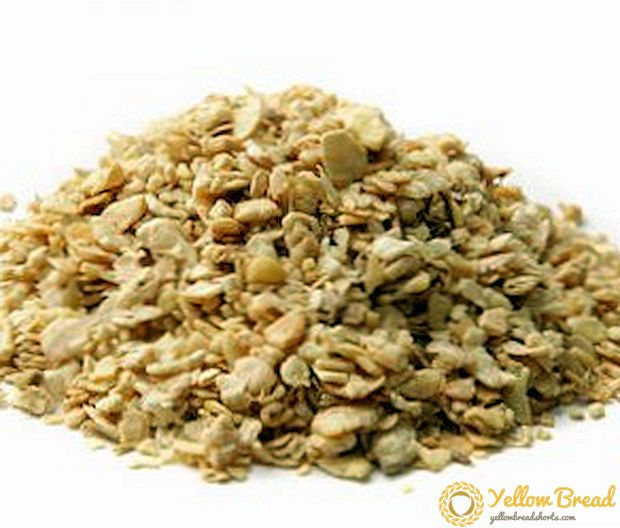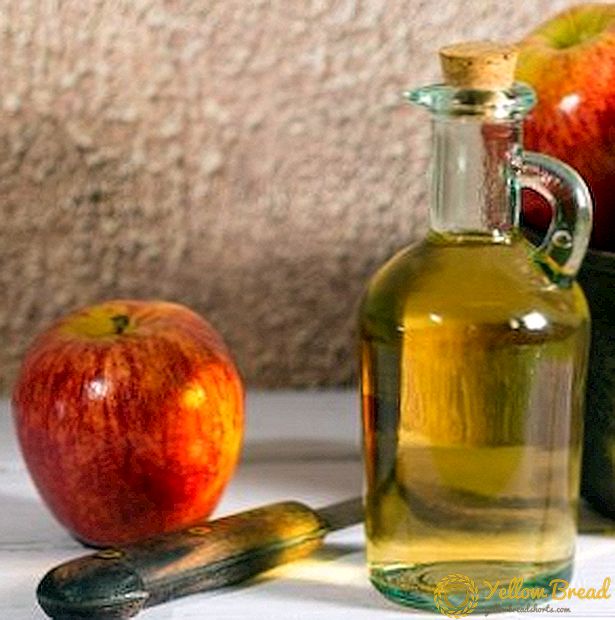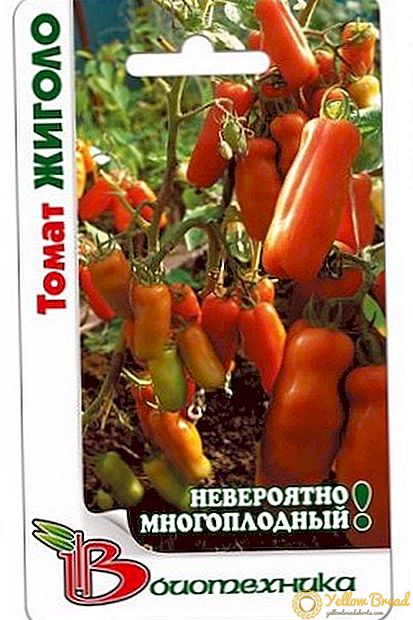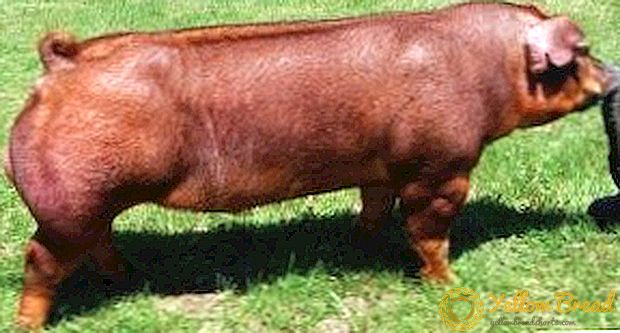 Currently, soy protein is considered an inexpensive and high-quality solution to the problem of global protein deficiency. Soy, by and large, is a kind of protein reserve, both food and feed. The situation in the meat sector directly affects the degree of processing of soybean as a fodder crop. The demand for meat and products from it is quite stable, and this makes it necessary to have high-quality protein feed, which provokes an expansion of soy processing. Further in the article we will talk about the use of soybean meal, find out what it is and in what doses it should be included in the diet of animals.
Currently, soy protein is considered an inexpensive and high-quality solution to the problem of global protein deficiency. Soy, by and large, is a kind of protein reserve, both food and feed. The situation in the meat sector directly affects the degree of processing of soybean as a fodder crop. The demand for meat and products from it is quite stable, and this makes it necessary to have high-quality protein feed, which provokes an expansion of soy processing. Further in the article we will talk about the use of soybean meal, find out what it is and in what doses it should be included in the diet of animals.
- What is it?
- Composition and use
- Soybean meal application
- Harmful properties
- Storage conditions
What is it?
Meal is a product that is isolated from plant seed oils. Extraction of oils is carried out using organic solvents. Get it as a result of processing soy beans, from which the oil is initially extracted, and then conduct additional moisture-heat processing.  As part of feed soybean meal there are amino acids, a significant amount of protein, phosphorus, iron and calcium, as well as many other useful elements.As for the protein, then by the volume of its content in this product, the latter is divided into low-protein and high-protein.
As part of feed soybean meal there are amino acids, a significant amount of protein, phosphorus, iron and calcium, as well as many other useful elements.As for the protein, then by the volume of its content in this product, the latter is divided into low-protein and high-protein.
Also, the product is toasted (it has a brown color and looks similar to sawdust wood) and granular (it is easier packed and transported).
Composition and use
Soybean meal is considered a high-quality raw material, which is great for the manufacture of animal feed for poultry and animals. To understand why soy food is so valuable, it is enough to analyze their composition.  Their indispensability in the preparation of the diet of farm animals is based on the content in such feeds of large amounts of protein, healthy fats, carbohydrates, phosphorus, vitamins and a number of minerals.
Their indispensability in the preparation of the diet of farm animals is based on the content in such feeds of large amounts of protein, healthy fats, carbohydrates, phosphorus, vitamins and a number of minerals.
On the energy and nutritional characteristics of this product can be compared with the cake, which is also obtained as a result of processing oil-containing plant crops. Both of these products contain oils in the composition, only in the meal they are smaller (up to 1.5%) compared to soybean meal.
In the meal, as mentioned earlier, there is a lot of protein and fiber (about 30-42%), which is much more than in the cake. Carbohydrates are also present, which are predominantly in the form of sucrose.
Thanks to meal it is possible to increase the digestibility of nutrients of animal feed, improve daily gains, reduce the loss of animals.  Due to the high content of energy and protein in soybean meal, high-performance rations can be prepared without using expensive feeds. This is an excellent substitute for traditional fish and bone meal.
Due to the high content of energy and protein in soybean meal, high-performance rations can be prepared without using expensive feeds. This is an excellent substitute for traditional fish and bone meal.
Soybean meal application
Soy can be introduced into the diet of almost any agricultural animal. Also, soy is used to prepare protein concentrates, soy milk, hay, flour, silage, and, of course, meal.
Farm animals need to be fed soybean meal, and not soybean in its pure form. Such a product will be for them a complete source of protein and amino acids. In the feed, soybean meal can take from 5% to 25%.  For example, the dosage for pigs is determined at the rate of up to 500 g per individual, for chickens and other agricultural birds - 10 g per individual.
For example, the dosage for pigs is determined at the rate of up to 500 g per individual, for chickens and other agricultural birds - 10 g per individual.
Harmful properties
It should be understood that natural soy contains toxic elements that can reduce the level of nutritional value of the feed and thereby slow down the weight gain of the animal. In this regard, the use of soybean in its pure form is not recommended.
It would be appropriate to use it in its raw form for feeding cows during the lactation stage.Then you need to follow these proportions: 100 g of beans are taken for 1 l of milk. Such nutrition will make the milk fatter and more quality, and the amount of milk yield will increase significantly.  In other cases, raw soybeans will not only adversely affect the level of productivity, but also be able to harm the health of animals, which can be even fatal.
In other cases, raw soybeans will not only adversely affect the level of productivity, but also be able to harm the health of animals, which can be even fatal.
You should not feed soybeans in raw form to animals, especially in combination with urea, because it contains urease, which provokes the release of ammonia from urea, and this has an extremely negative effect on the body.
Storage conditions
Soybean meal can be stored either in bags or in bulk. The room should be dry, clean and preferably pre-disinfected. Bags with the product should not be laid on the floor, but on special pallets or shelving.
Also, the storage room should be well ventilated, there should be no pests. Protection from the sun and other heat sources should be provided.  Based on the foregoing, the high efficiency of soybean meal in feeding animals is an indisputable fact. An additional bonus is its low cost, which makes it possible for almost all livestock breeders to include such a nutritious product in the diet of their farm animals and birds.
Based on the foregoing, the high efficiency of soybean meal in feeding animals is an indisputable fact. An additional bonus is its low cost, which makes it possible for almost all livestock breeders to include such a nutritious product in the diet of their farm animals and birds.






